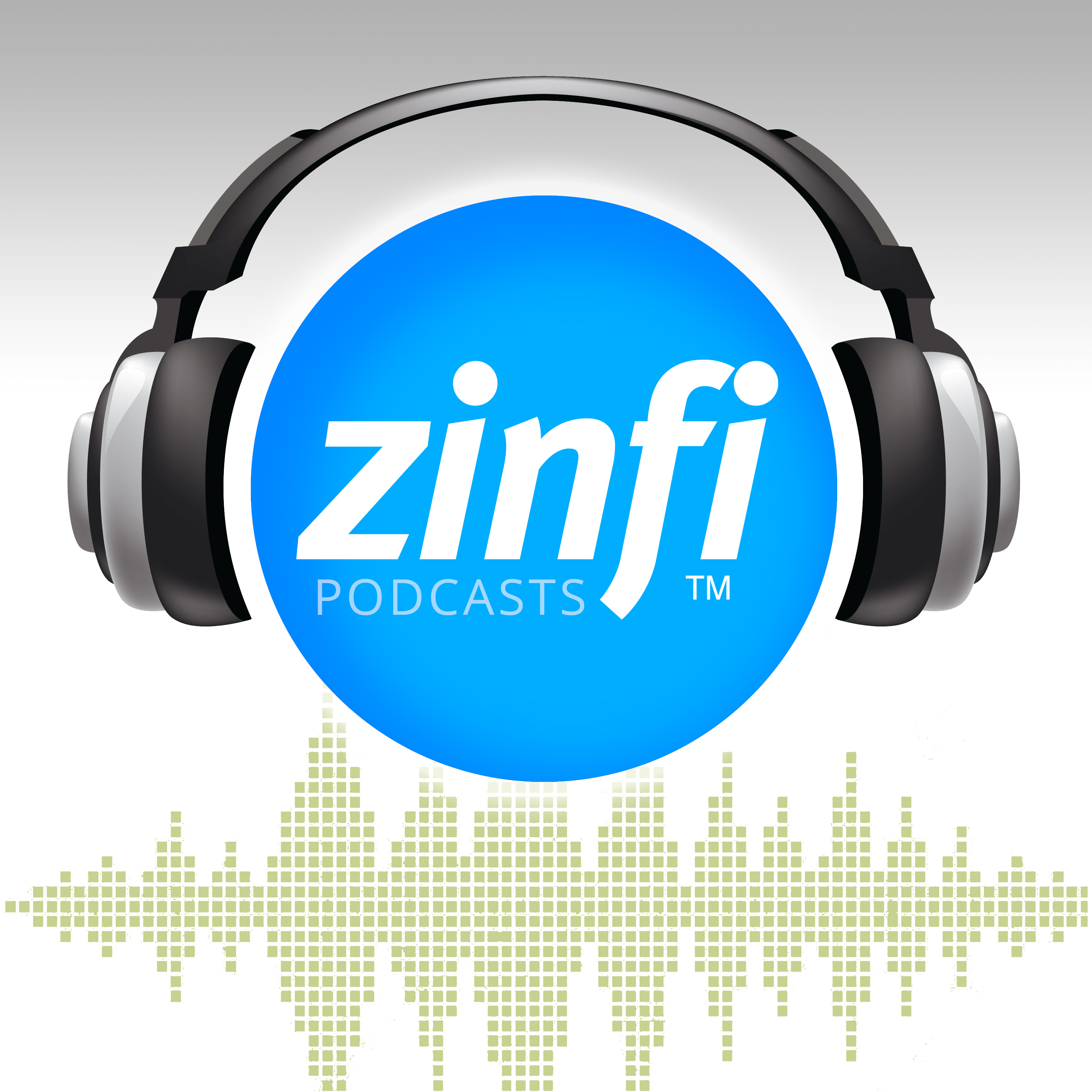10 LinkedIn Improvements To Remain B2B Social Marketing Relevant

When it comes to business-to-business (B2B) social network, LinkedIn is the gorilla, and has certainly started to act like one. Why do I say that? Well, it's based on a lack of innovation. The stock price is down, and the analysts are no longer sure \u2013 the future is not as clear as it used to be. Believe it or not, LinkedIn has been around for well over a decade now. It is older than YouTube. In the beginning, it was an incredible tool for upgrading your static Rolodex into a dynamic database of personal contacts, but then it morphed into an online resume, networking tool and much more. Thanks to Reid Hoffman's brilliance in pulling a team together that was incredibly successful in harnessing the untapped potential of a B2B social (or should we say also B2B\xa0social marketing?) network, LinkedIn became a valuable tool for the professional world. Certainly some of its success was attributable to timing, as Malcom Gladwell points out in\xa0Outliers, but a lot of its success was tied to the uniqueness of its original vision.\nVision, timing and execution to date have been\xa0almost\xa0flawless for LinkedIn \u2013 a B2B social network whose business model was based on a pure connectivity platform for job seekers and recruiters. As digital social behavior evolved, LinkedIn did an amazing job of capturing feature ideas from Twitter, Facebook, Pinterest and others, but it also added original solutions that logically built on its core strengths. All of this has been great until recently, but I have started to wonder why the experience needs to be so complex when the core activities are relatively simple. While LinkedIn is being touted for both personal (career) and professional (sales and marketing) uses, and data shows that it tends to drive more traffic to a company website than other social media, the\xa0social marketing\xa0aspect of LinkedIn still is in its infancy, leaving much to desire both for ordinary users and \u201chyper-users\u201d like myself.\nCan it be true that, 450 million users later, LinkedIn is now struggling to innovate and differentiate? Yes, the stock price is up almost 100% from the day of its IPO, but it\u2019s down significantly from its highs in early 2015. Could it be possible that the company needs to radically rethink how to increase its utility further for users and increase usage (minutes) per day per member? Lately, the innovation has been far from what you expect from a leader. The recent mobile release is questionable at best, as is the current focus on fully monetizing the user base using a freemium model. Now don't get me wrong: I love LinkedIn. I log in every day for personal and professional uses, but also to keep up to date on industry activities. But I think we should expect a lot more from a leader in B2B social networking. As a hyper-user in recruitment, sales, marketing and more, if I were running product management at LinkedIn I would simplify the offering into two core areas:\xa0recruitment\xa0and\xa0social marketing. I would get rid of the hodgepodge of other features and offers, which are too complex and add no real value. This approach, allowing LinkedIn to focus its resources on two core offerings, should liberate the company and solidify its future for some time to come.\nAnd now for some specific suggestions:\n\n\n \tFocus on the user\xa0\u2013 Yes, monetization is important for LinkedIn \u2013 and for that matter, for any organization (profit or non-profit) \u2013 but the products and solutions need to flow together. LinkedIn needs to work hard to move away from the disjointed experience it offers today across its solutions (recruitment, sales and marketing). Fifteen (15%) percent of LinkedIn users pay for the eighty-five (85%) percent who are using it for free; maybe LinkedIn needs to segment its use cases that way. Today, LinkedIn products try to reflect how the organization is structured: different product groups and lines of business vs. a unified experience from a "paid customer" perspective. At the same time,